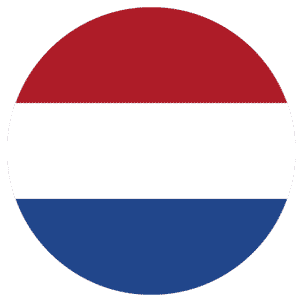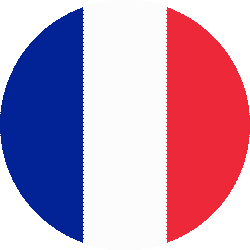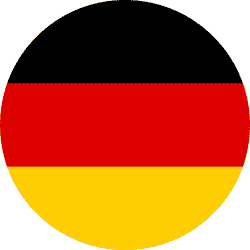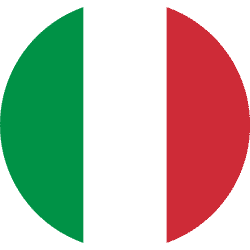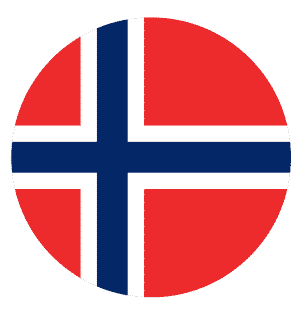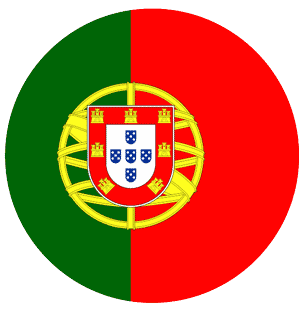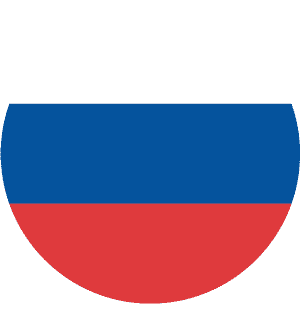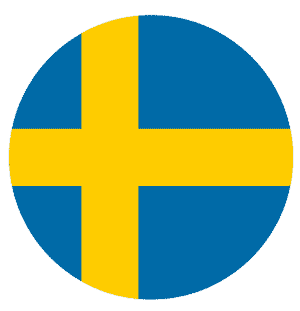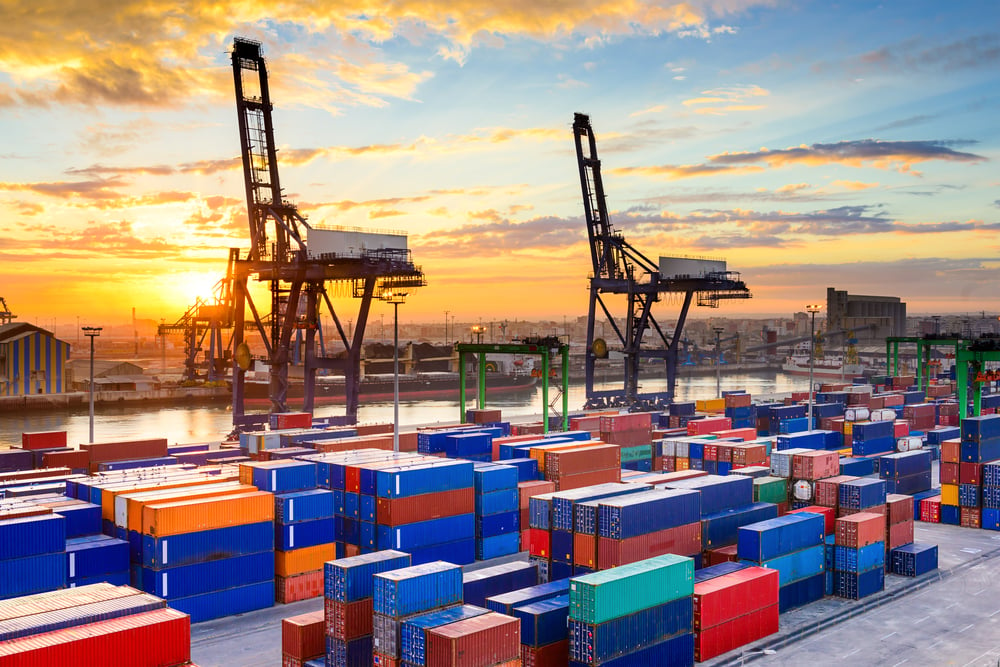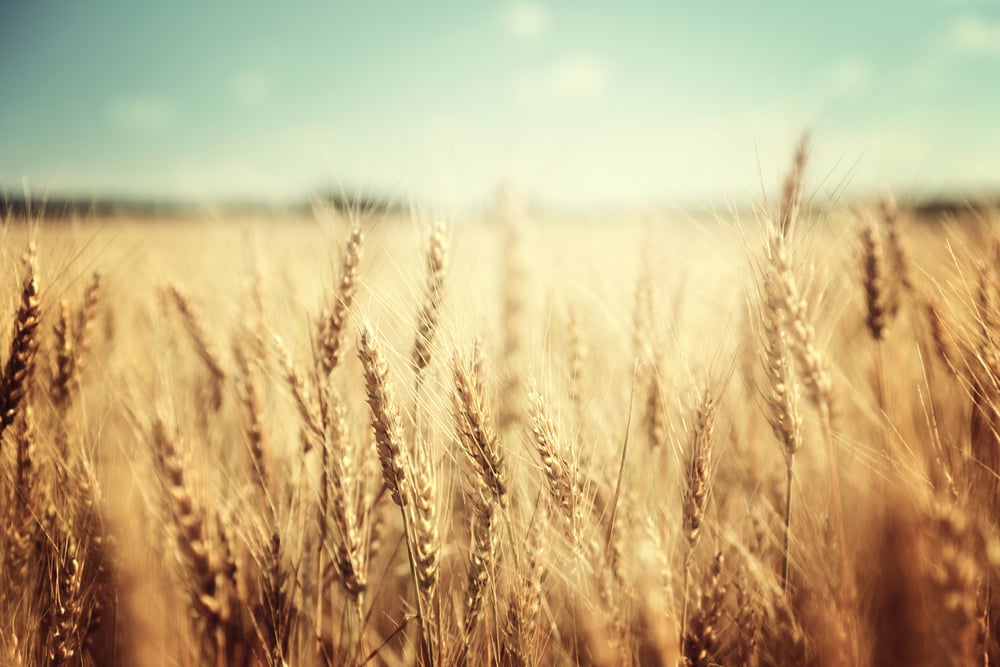The average price of Chilean Atlantic farm salmon increased by $0.71/kg (+8.1%) m-o-m in April 2024, reaching $9.57/kg. Meanwhile, the price increased by $1.02/kg (+12.02%) y-o-y. The m-o-m price movement may be linked to the worldwide uncertainty of the salmon supply chain and, in particular, the environmental challenge faced by the Chilean salmon industry in April 2024.
The Chilean salmon industry has a history of being affected by Harmful algal blooms (HABs). For instance, in 2016, The Chilean National Fisheries and Aquaculture Service (SERNAPESCA) reported a bloom of Pseudochattonella cf. verruculosa and Alexandrium catenella caused the mortality of 27 million salmon and trout, around 39,000 MT. This year, the Hornopirén area in the Los Lagos Region faced a new threat Heterosigma akashiwoa, a microalgae with the same risk of gill damage as A. catenella and P. cf. verruculosa. This microalgae produces an ichthyotoxic effect in the fish gill, leading to irritation and, in severe cases, death. However, the extent of harm to farmed salmon is influenced by various factors, including the health condition, weight, and stage of the farm cycle.

In response to frequent HABs, the Chilean aquaculture sector has invested heavily in a prevention system in recent years. This includes regular monitoring of seawater and the installation of an upwelling system, which helps lift deep seawater and enhance the dispersion of HABs. These measures aim to reduce the risk of HAB and prevent any massive mortality of farmed salmon.
At the moment, no important mortality volume has been reported due to this HAB, but the Chilean market has reacted with an 8.1 % m-o-m increase in price.

.png?width=145&height=54&name=Mintec_Logo_Small_Use_Mono_RGB%20(2).png)

